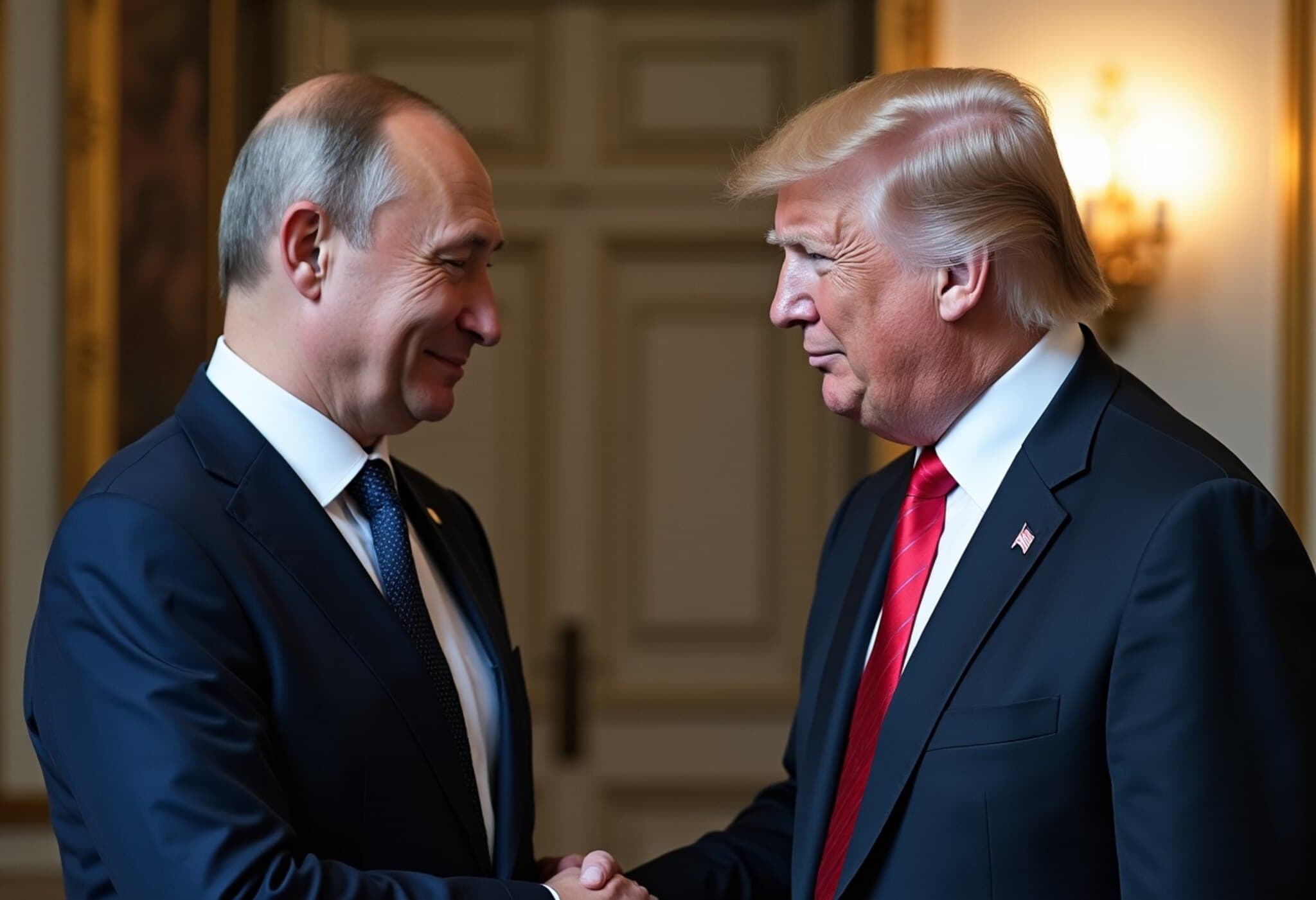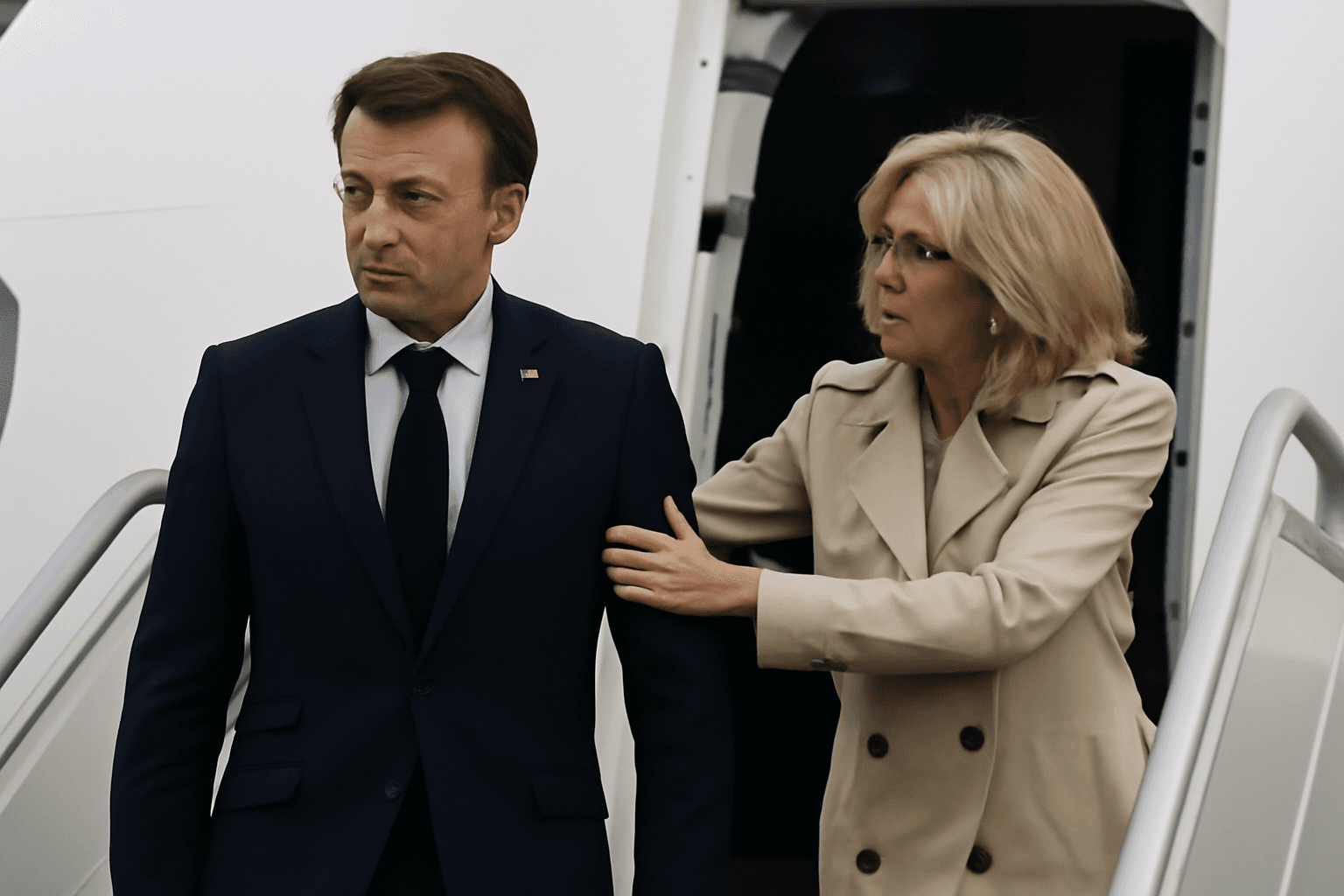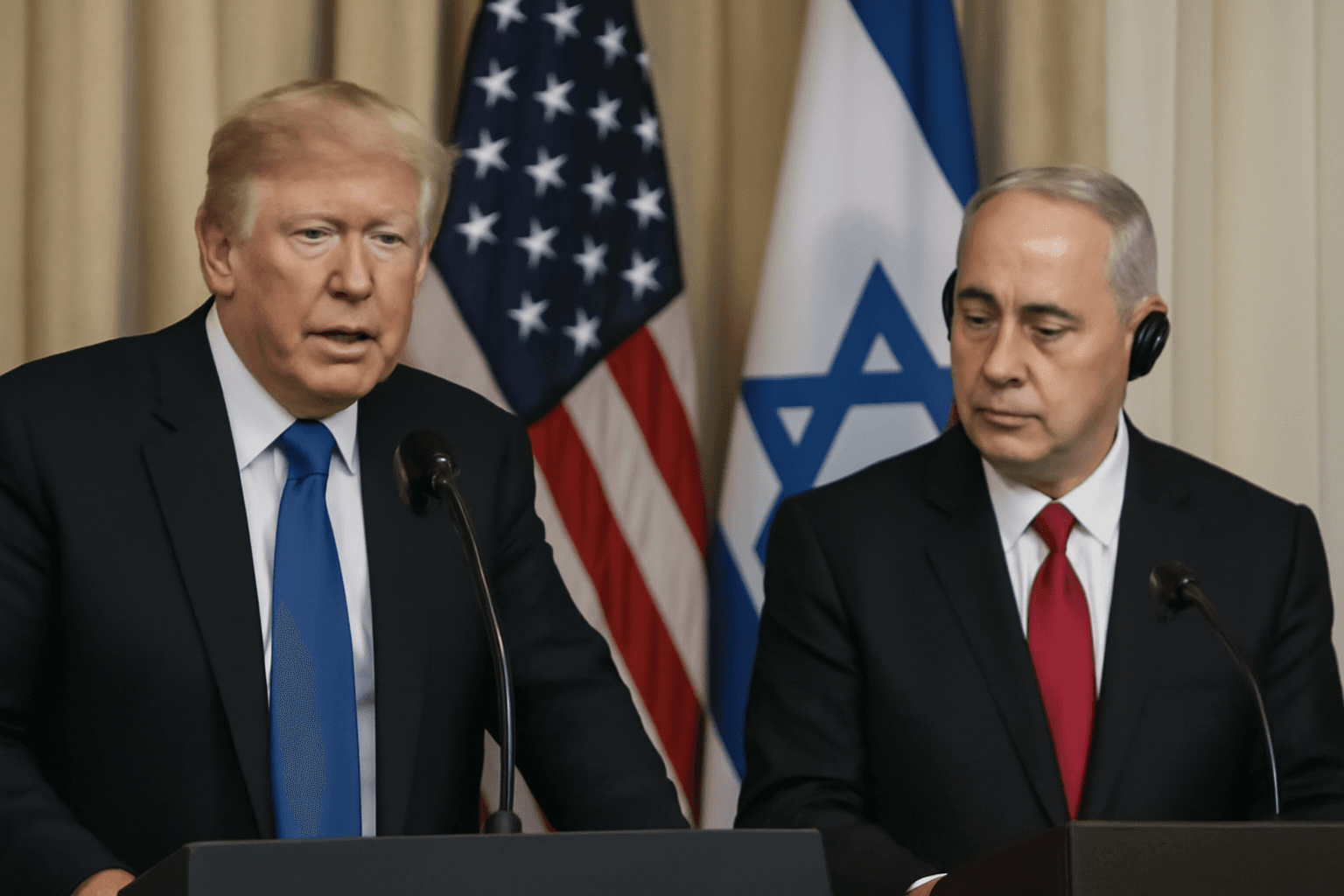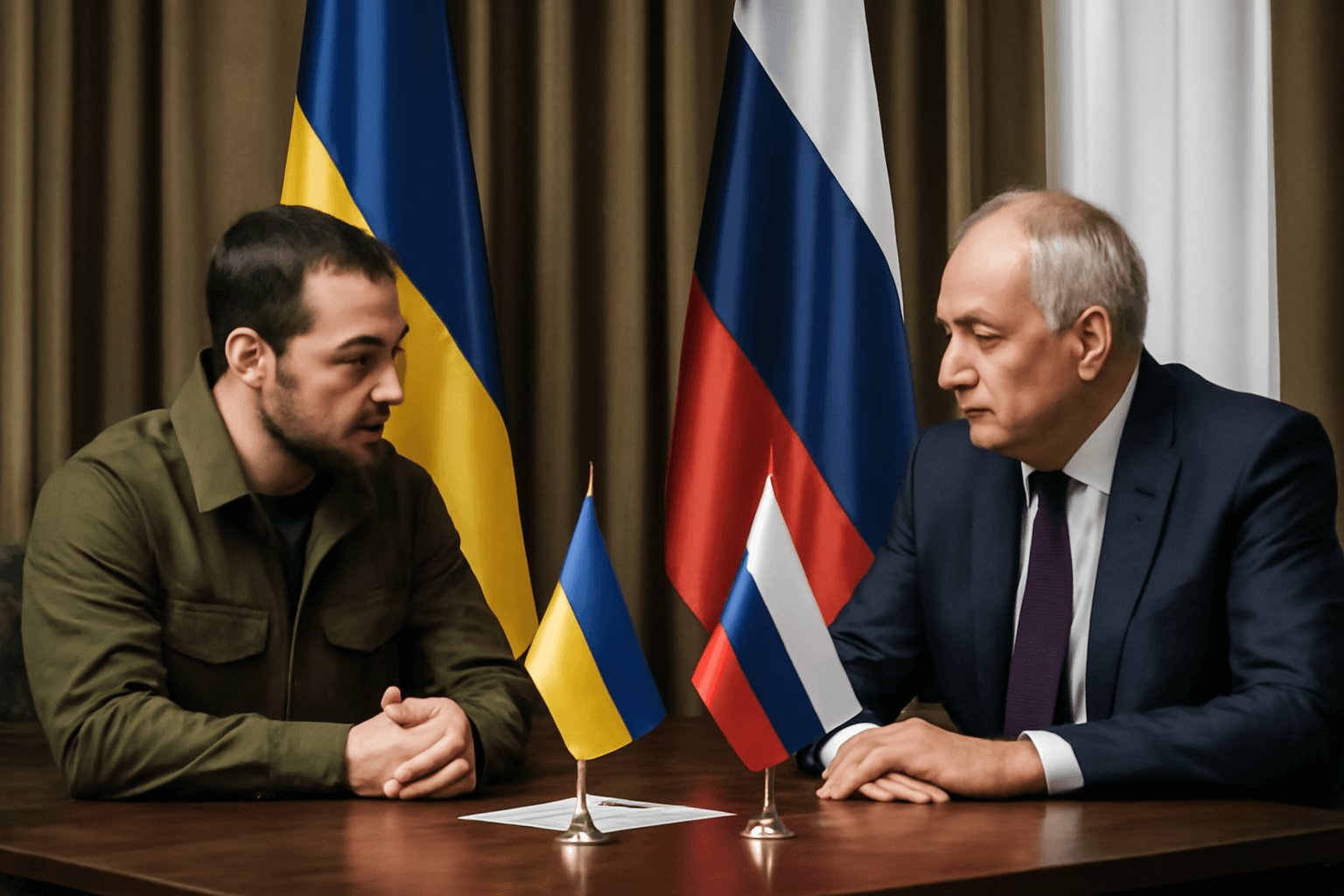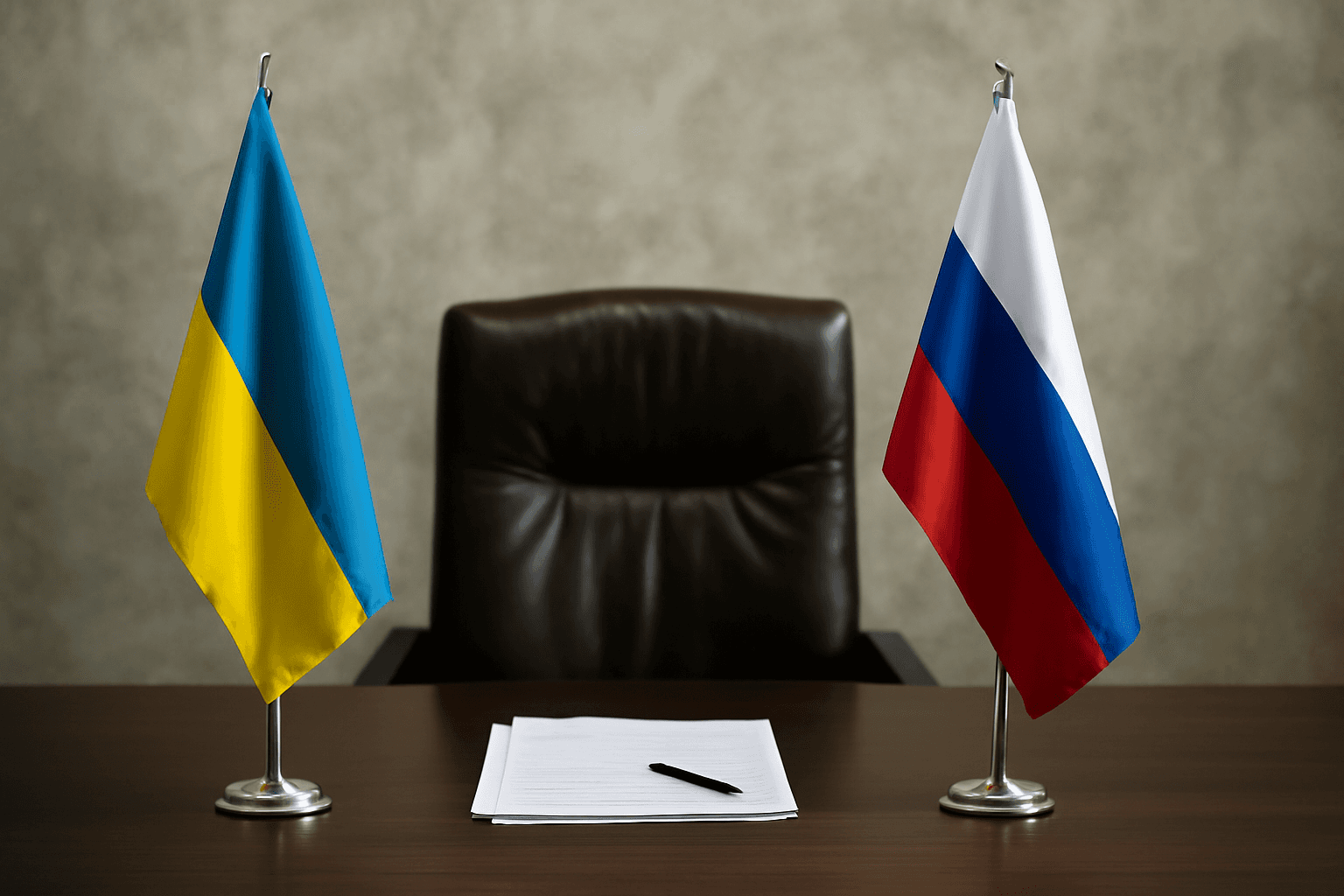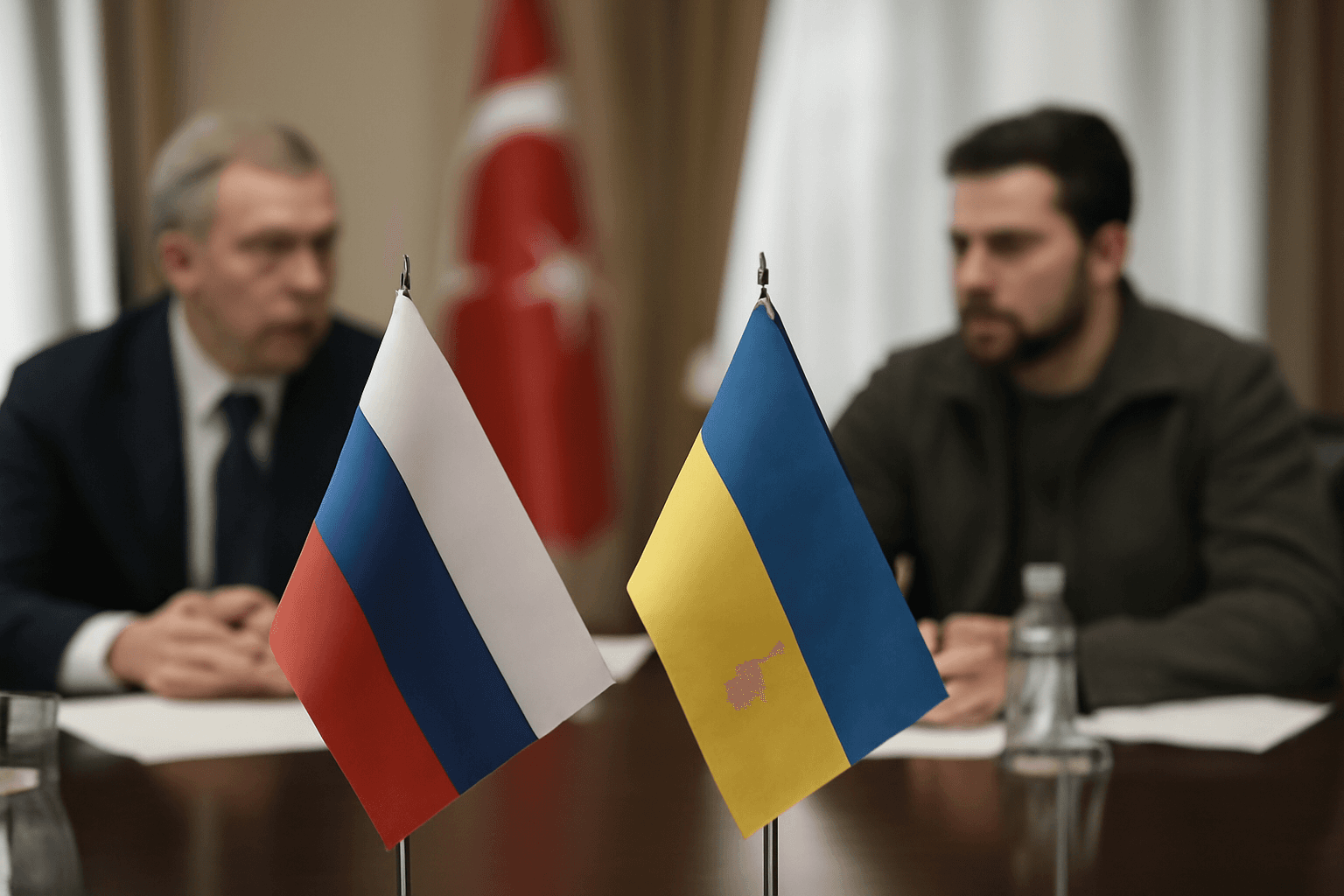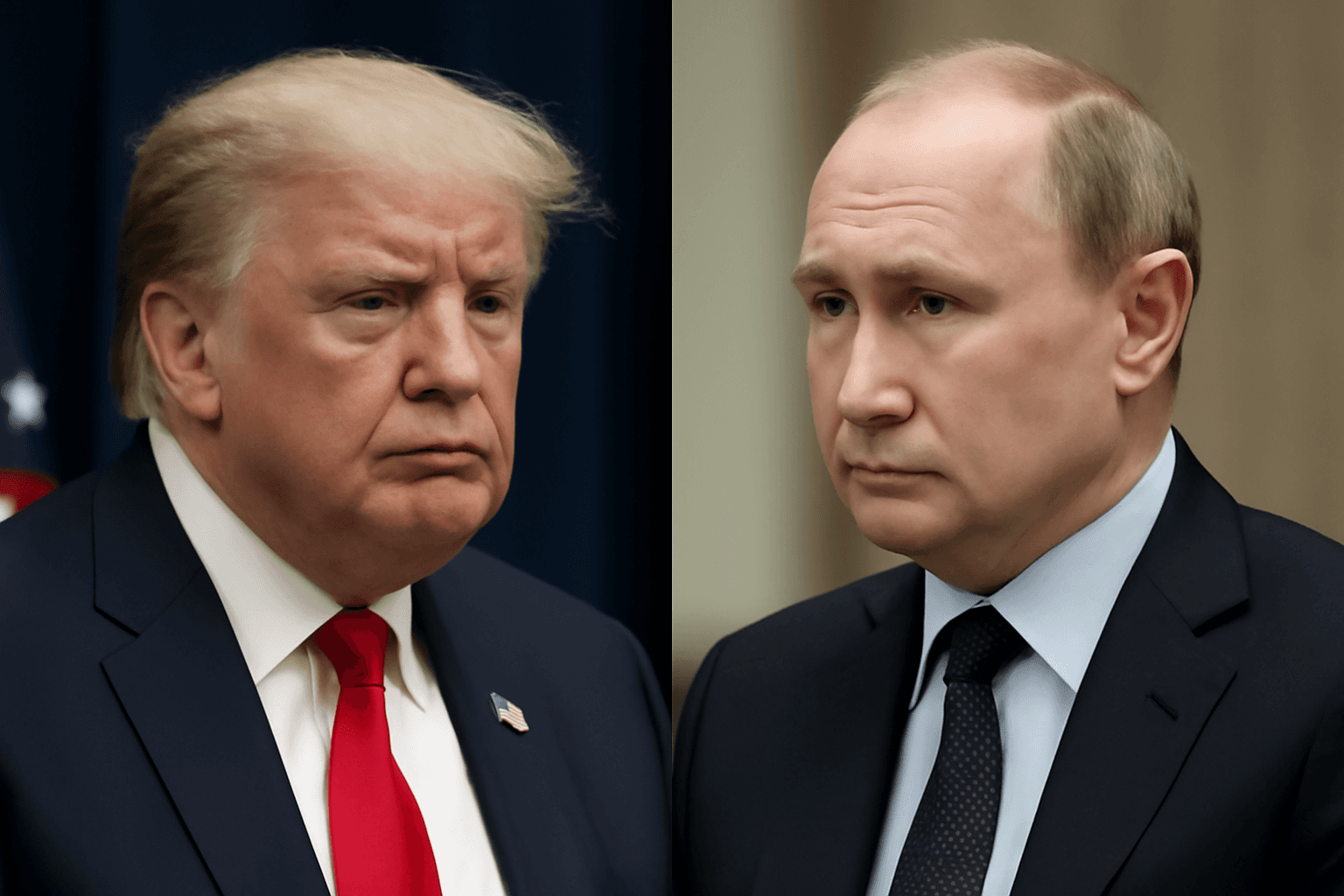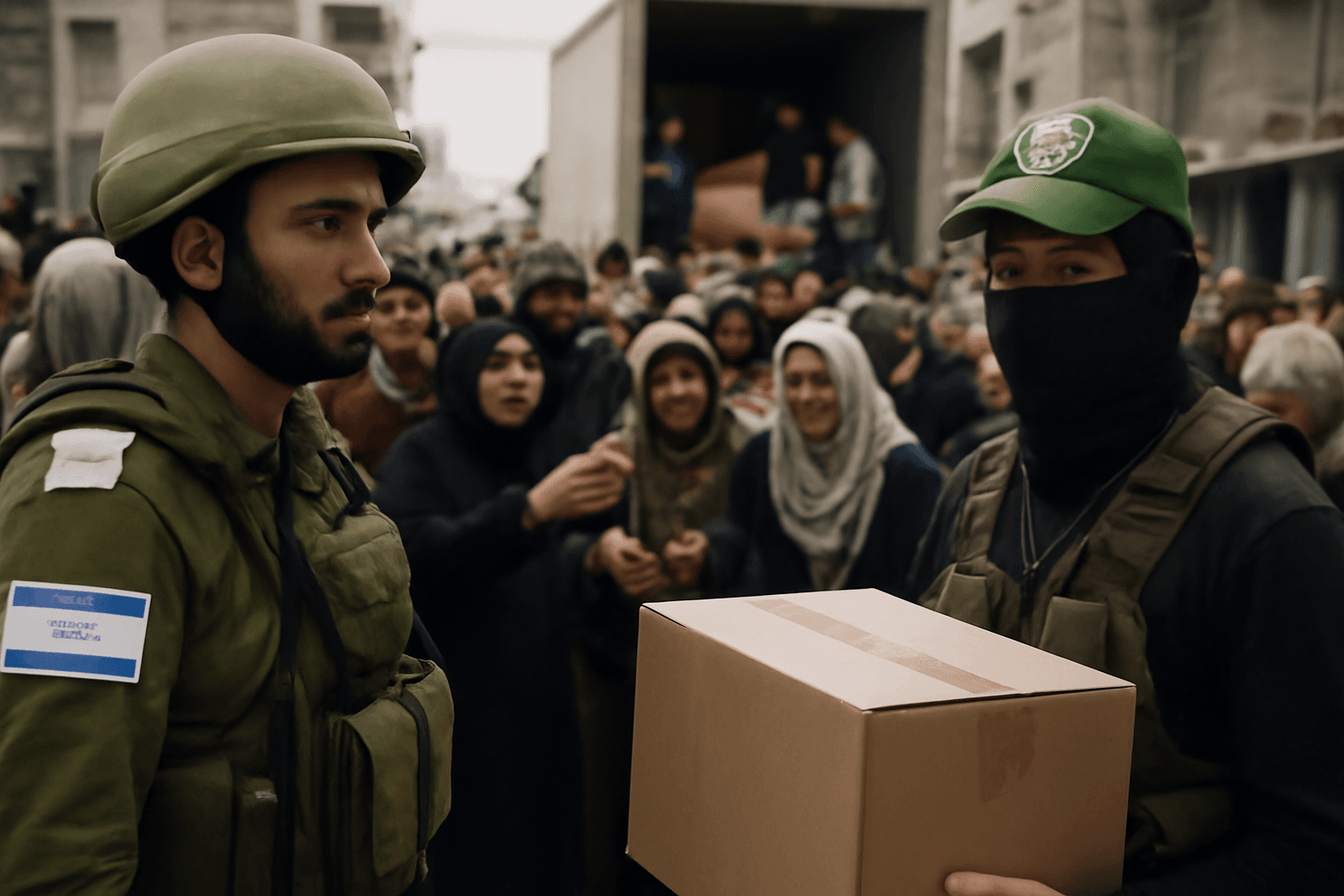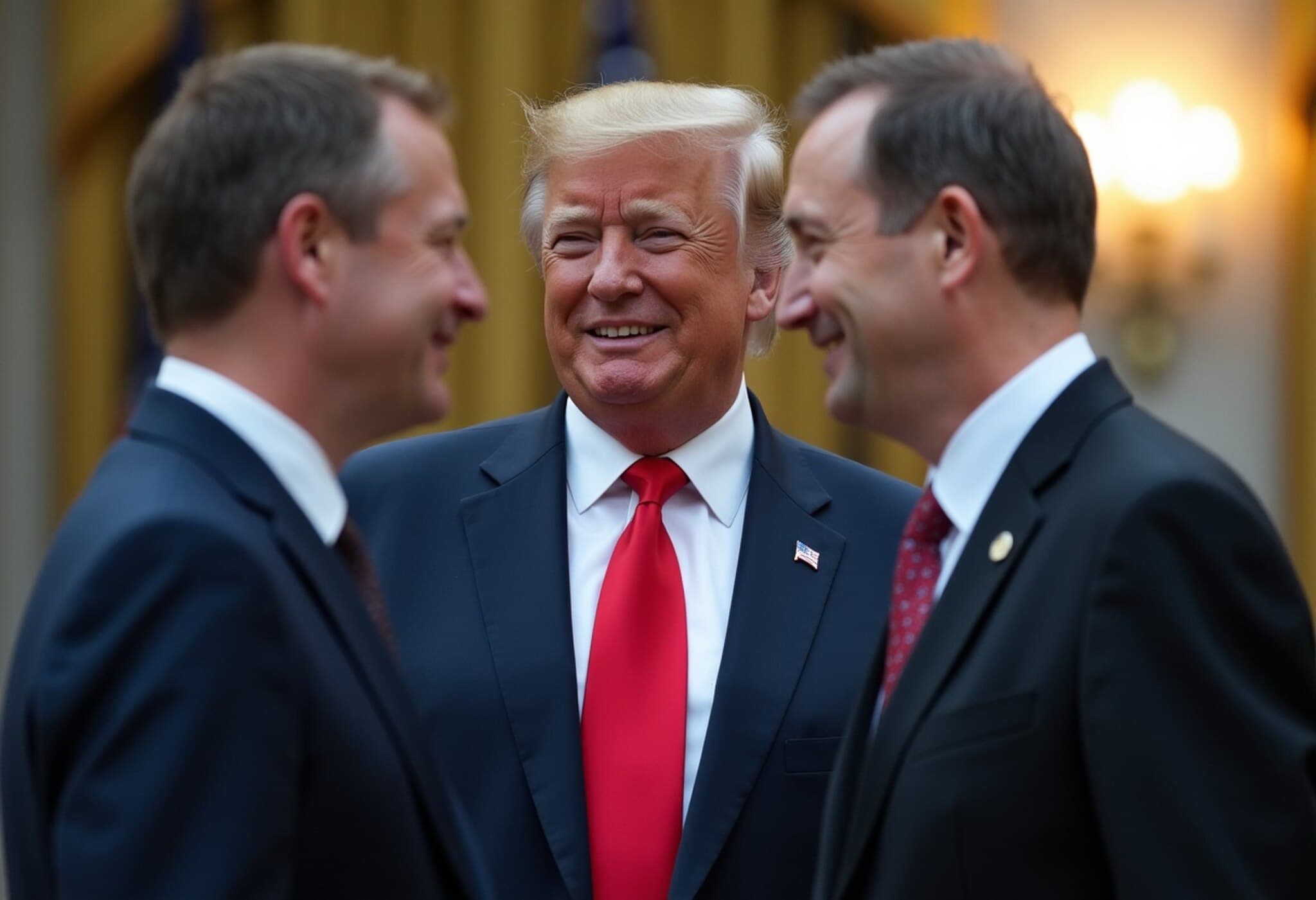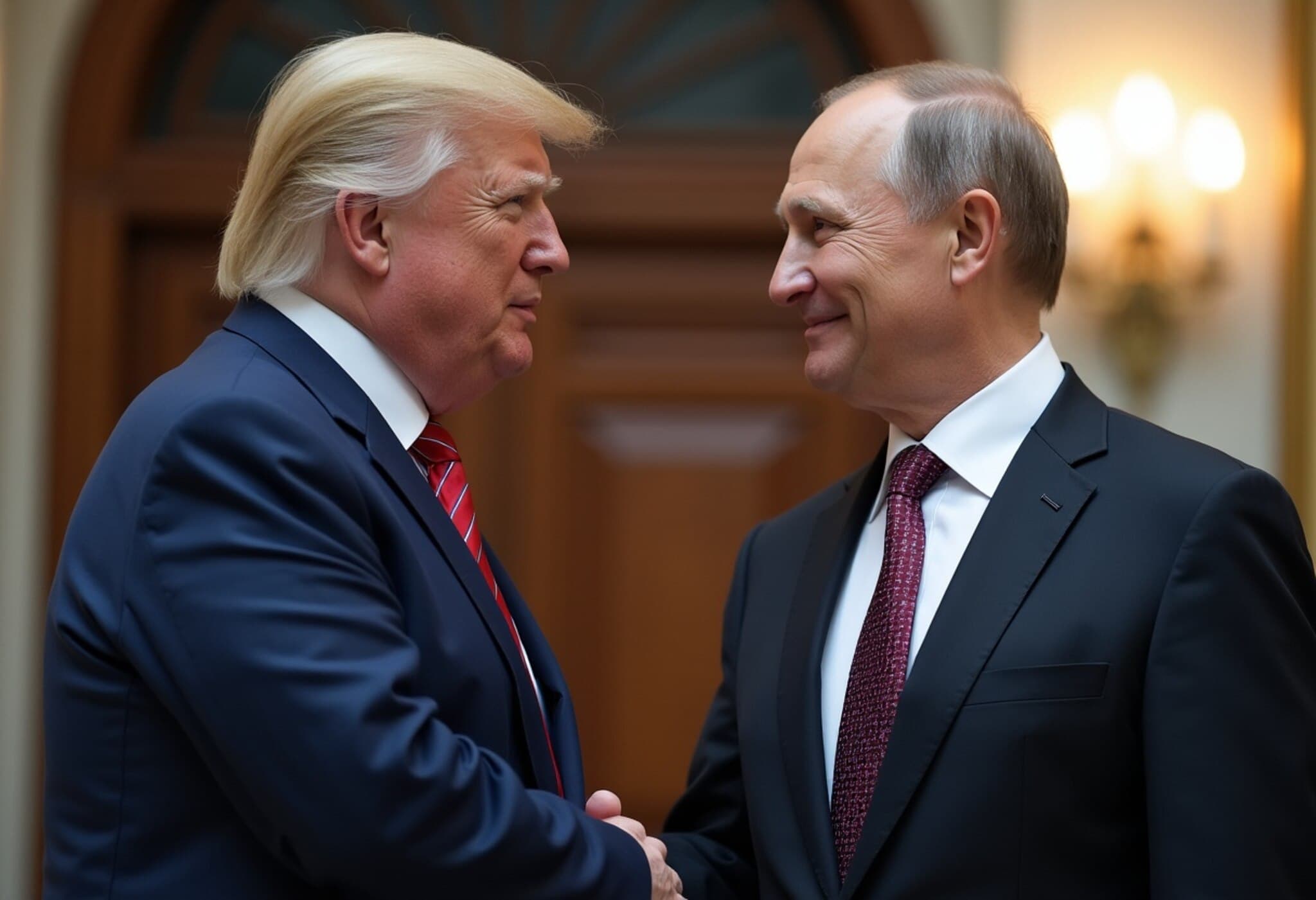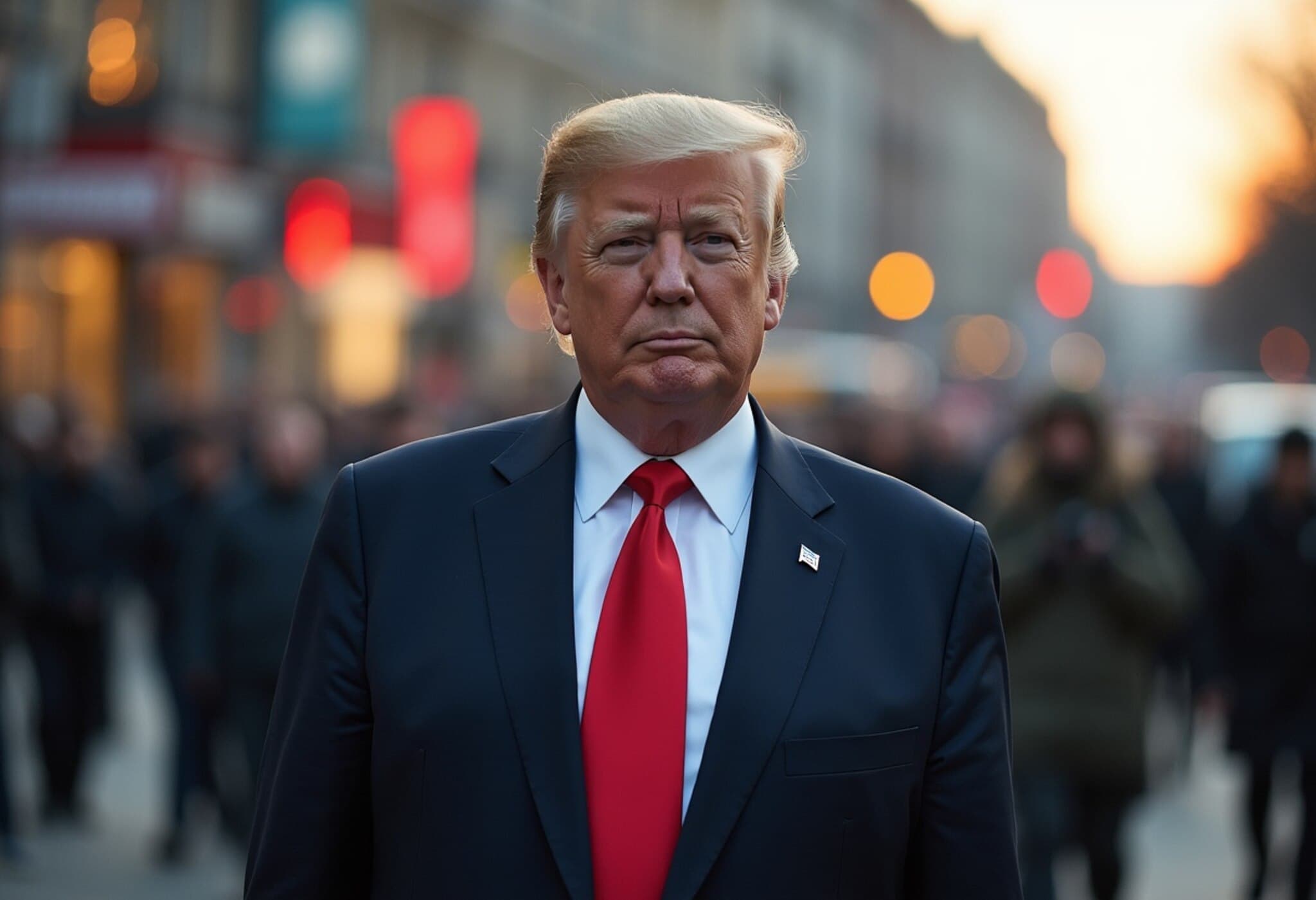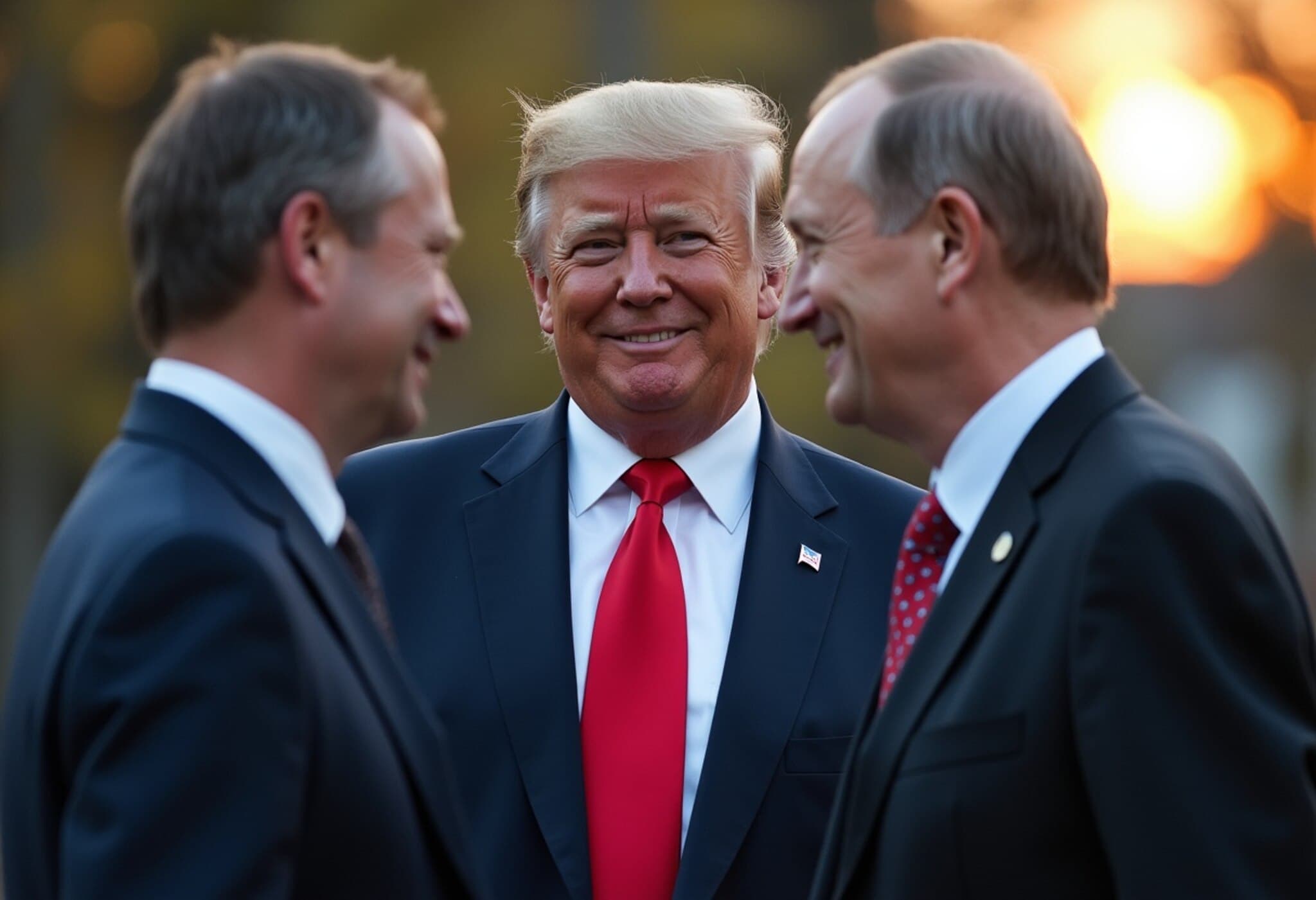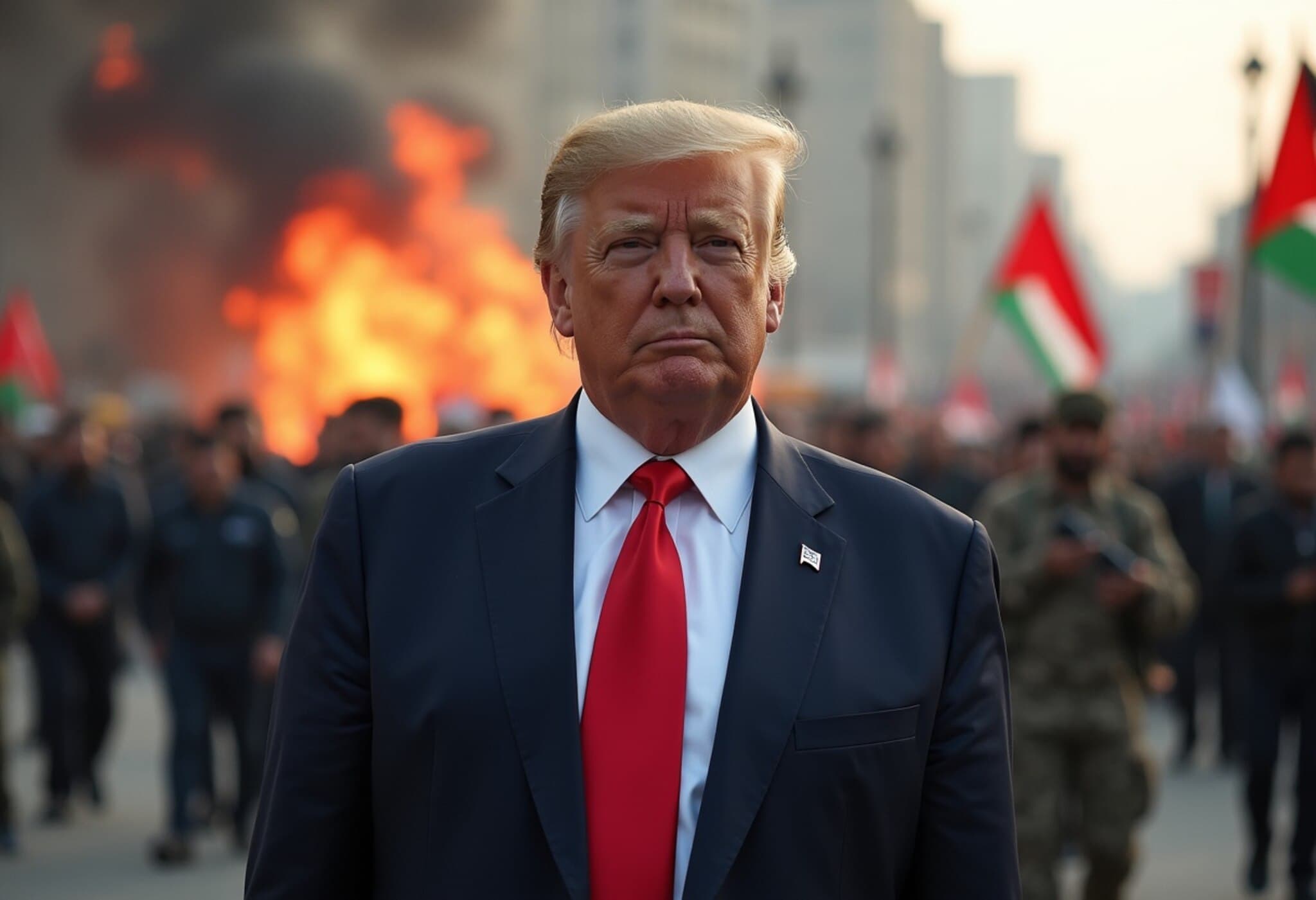As Ceasefire Deadline Approaches, Putin’s Defiance Sparks US-Russia Strain
With the ceasefire deadline in the Ukraine conflict fast approaching, Russian President Vladimir Putin’s continued refusal to halt military operations has escalated tensions, threatening a deeper fracture between him and former US President Donald Trump, while pushing Russia closer to confrontation with the United States.
Putin’s Rejection of the Ceasefire Deadline
Despite mounting international pressure, Putin has openly dismissed the ceasefire deadline set for early August 2025, signaling no intention to pause Russian advances in Ukraine. His recent remarks suggest that Moscow sees the cessation of offensive operations as a defeat, framing it as a goal imposed by “enemies and ill-wishers.” This rhetoric underlines how firmly Putin remains committed to his strategic objectives, regardless of diplomatic olive branches.
Trump’s Complex Role: From Engagement to Frustration
Donald Trump’s tenure and involvement with the Ukraine conflict have been marked by contradictions. Initially, Trump’s administration took a conciliatory stance towards Russia, suspending military aid to Ukraine and proposing ceasefire terms that aligned with some Russian demands. Yet, as the conflict stretched on and Putin rebuffed these overtures, Trump’s patience appeared to wane.
Last month, Trump publicly recognized that Putin might not seek a genuine peace settlement but rather aims for total control over Ukraine. His establishment of ultimatums—and the rhetoric from his supporters about imposing deadlines—underscores frustration not just with Russia's intransigence, but with stalled diplomatic progress.
Expert Insights: The High-Stakes Diplomacy Game
Kseniya Kirillova, a Russia analyst with Washington's Jamestown Foundation, offers context: "Putin may still be hoping to maintain favorable ties with Trump through promises and diplomacy, but the pattern of dismissive behavior suggests Moscow does not take these deadlines seriously. Trump, known for his business-style dealmaking, increasingly views results as paramount over personal affinities with Putin."
Kirillova emphasizes that Trump's evolving posture—from initial sympathy to impatience and potential punitive action—reflects a pragmatic recalibration in pursuit of tangible conflict resolution.
Potential Consequences and Strategic Calculations
- US-Russia relations risk further deterioration: Putin’s defiance could trigger harsher sanctions, tariffs, or military support for Ukraine under Trump’s influence.
- Putin’s internal challenges mount: With Russia’s war machinery stretched and allied support from China and Iran with limits, sustaining a protracted conflict without economic and military mobilization becomes increasingly difficult.
- Trump’s negotiators engage with Ukrainian and Russian leaders: These talks are pivotal in signaling the US’s imminent strategy and whether the businesslike approach to peace can compel Moscow to reconsider.
Kirillova posits that Putin might prefer to "freeze" the conflict temporarily to regroup, potentially reigniting hostilities later under a more justifiable pretext. This strategy aligns with historical conflict management tactics, using pauses strategically to strengthen hand rather than conclusively resolve tension.
Underreported Dimensions: Beyond the Headlines
What often escapes public discourse is how Putin’s war effort depends heavily on contested alliances with global players like Iran, China, and North Korea. The sustainability of these partnerships and the state of Russia’s domestic economy—operating already at max capacity—might quietly influence Kremlin decision-making more than public speeches reveal.
Moreover, Trump's unique position as a businessman turned political figure adds complexity. His personal rapport with Putin contrasts with political pressures from his support base demanding decisive results, highlighting how personal relationships and public expectations are uneasy bedfellows in diplomacy.
Looking Ahead: What to Watch
- Upcoming diplomatic visits and negotiations spearheaded by Trump’s representatives will be critical indicators of potential US policy shifts.
- Signs of economic or military shifts within Russia, including troop mobilization or industrial output changes, could reveal Putin’s next moves.
- The response of the international community, especially through sanctions or increased aid to Ukraine, will influence the conflict’s trajectory.
Editor’s Note
The fast-approaching ceasefire deadline has cast a spotlight on the fragile and complex nature of US-Russia relations amid the Ukraine war. Putin’s defiance isn’t just a rejection of diplomacy—it’s a gamble on his political and military endurance. Meanwhile, Trump’s evolving stance highlights the challenge leaders face balancing personal diplomacy with voter expectations and geopolitical realities.
As tensions simmer, critical questions arise: Can economic and military pressure coax Putin toward a sustainable peace? Or will strategic stalemates and mistrust prolong the suffering on the ground? The world watches closely as these intertwined relationships unfold—reminding us that behind every headline lies a web of personal ambitions, national interests, and global consequences.
By Madhur Sharma, Senior Foreign Affairs Editor

